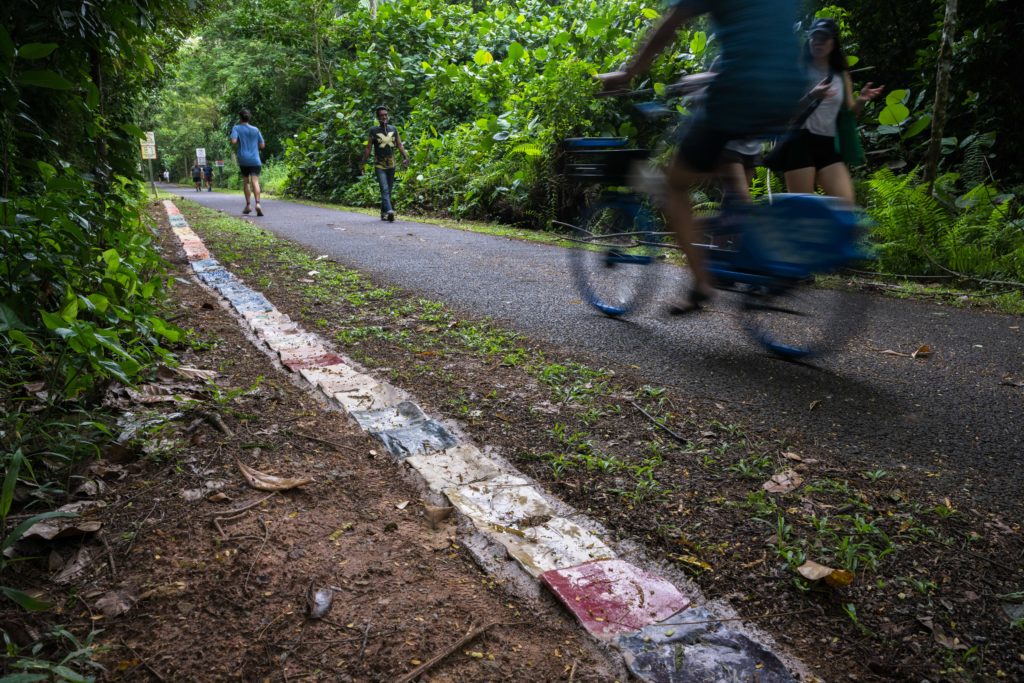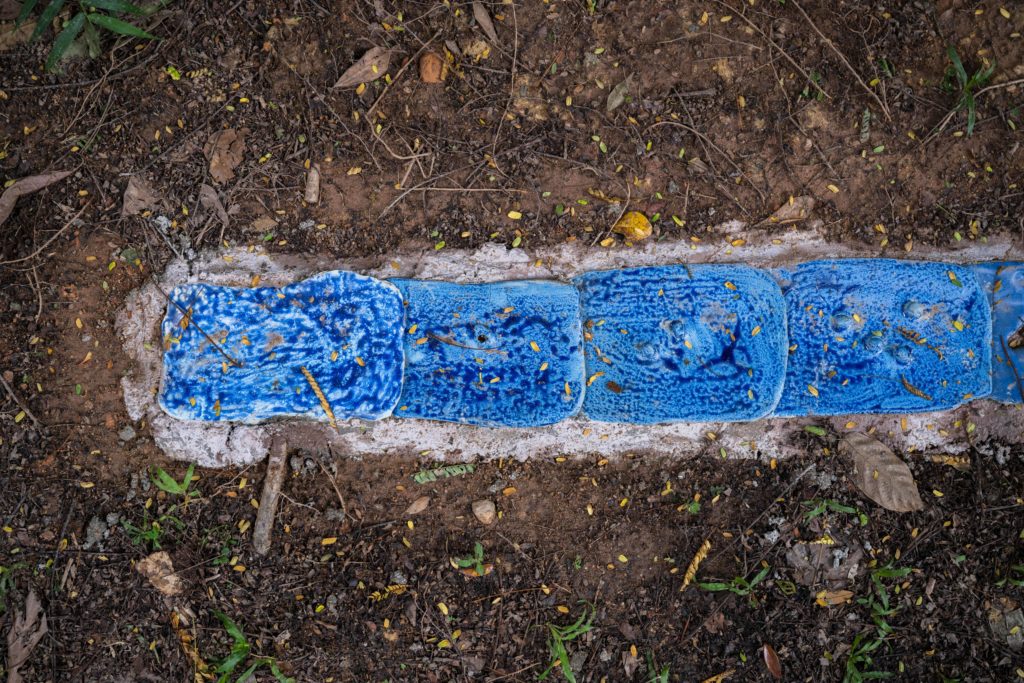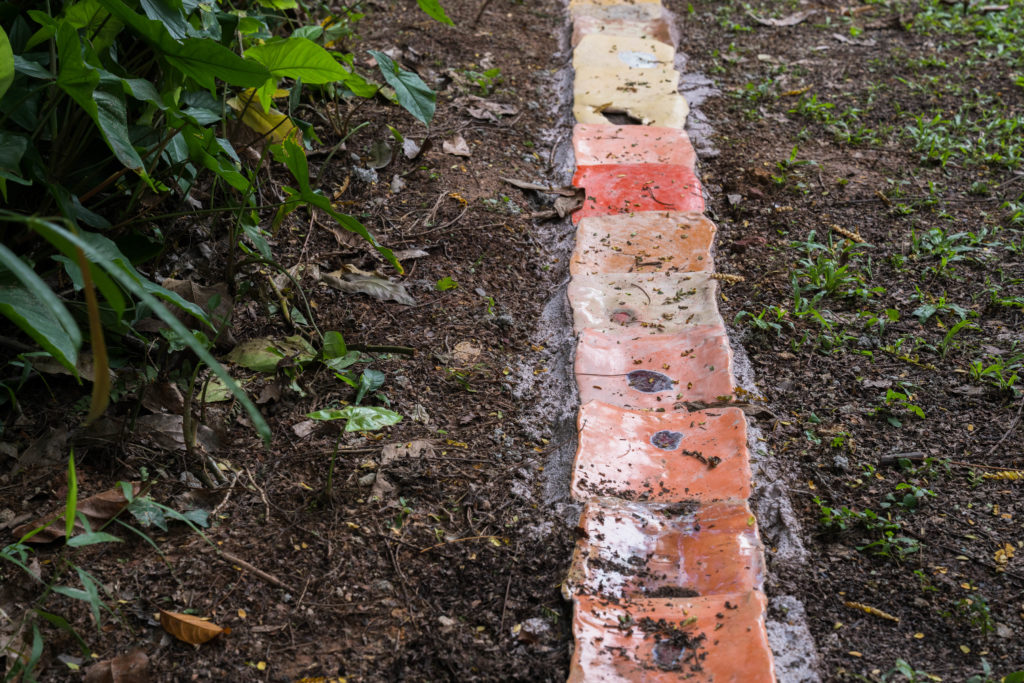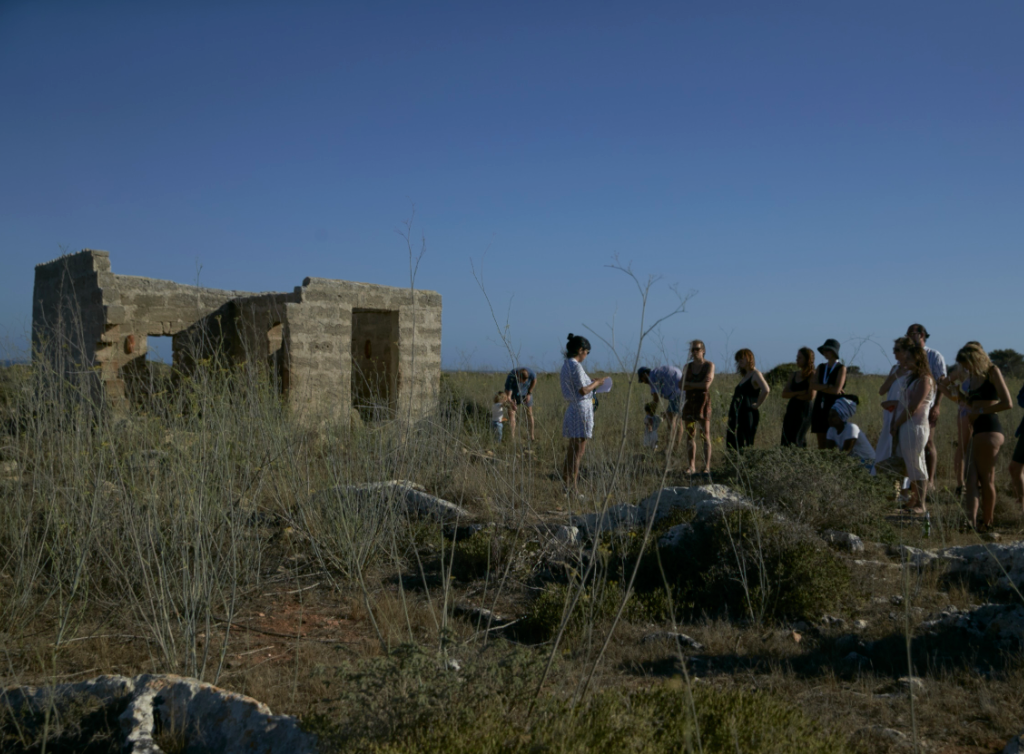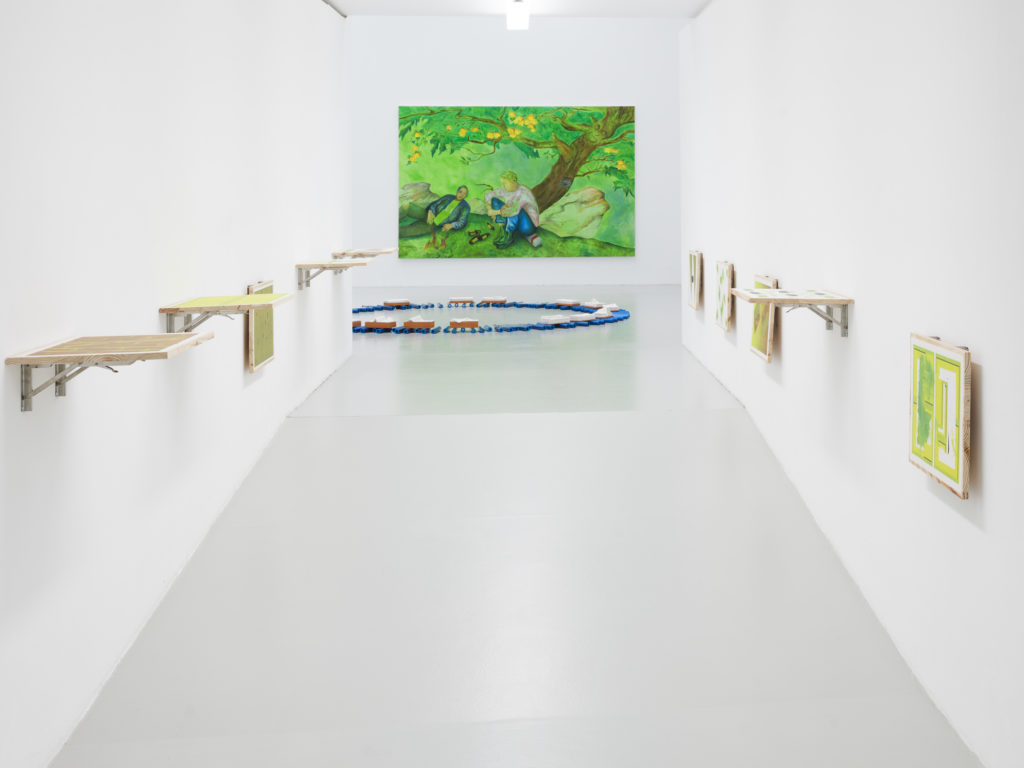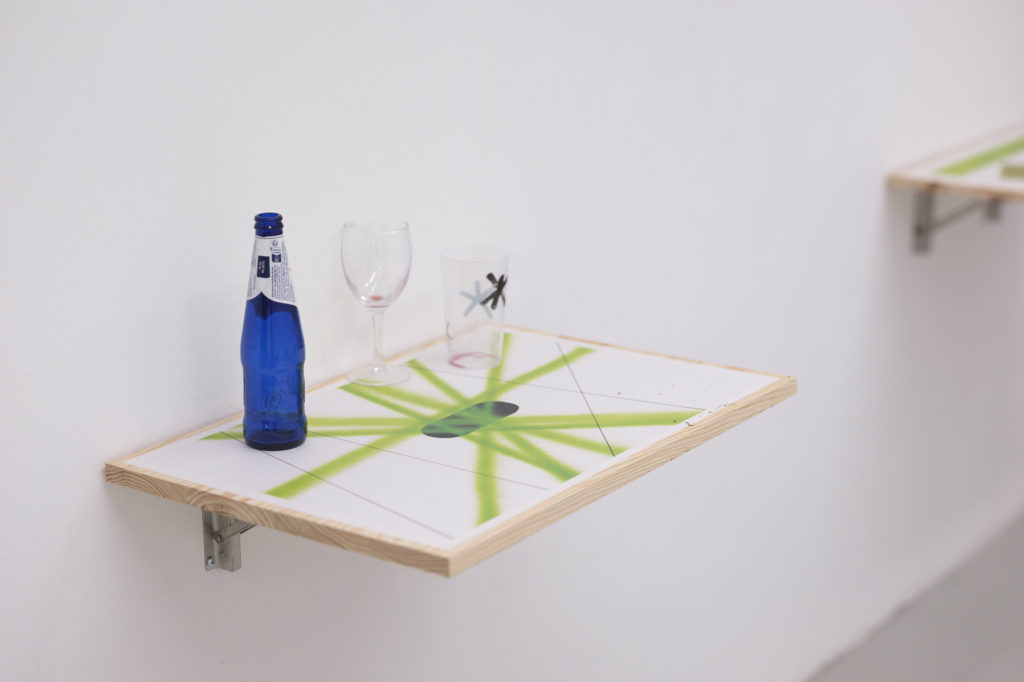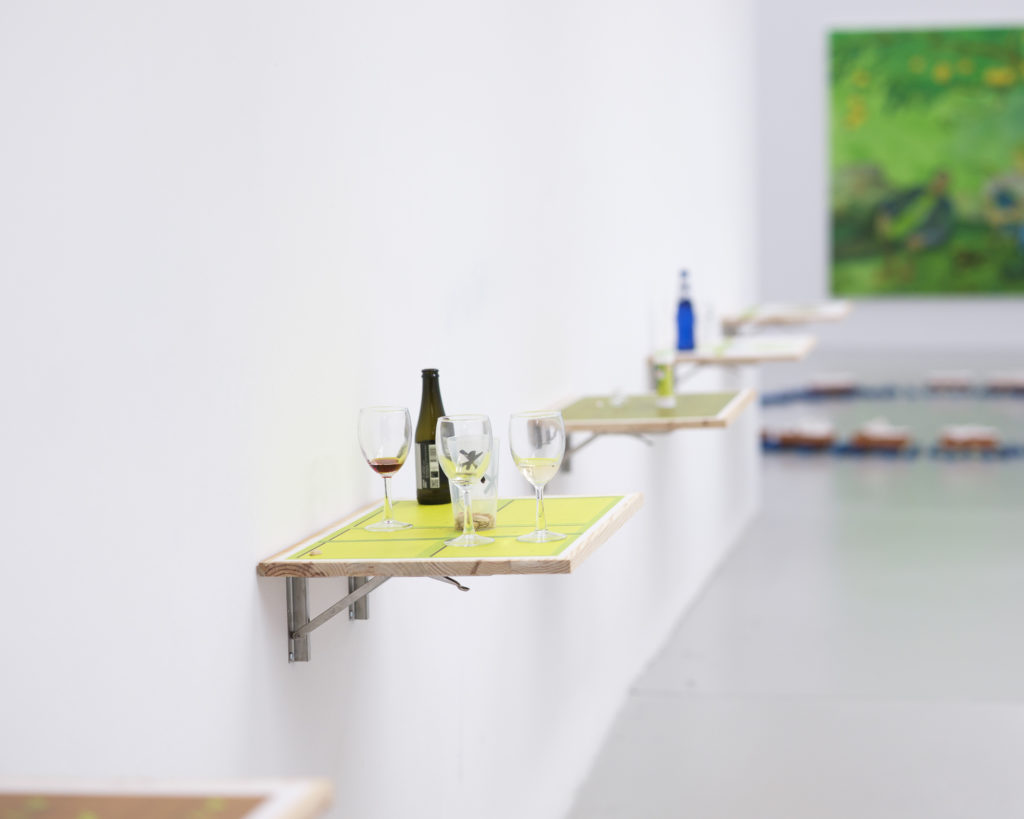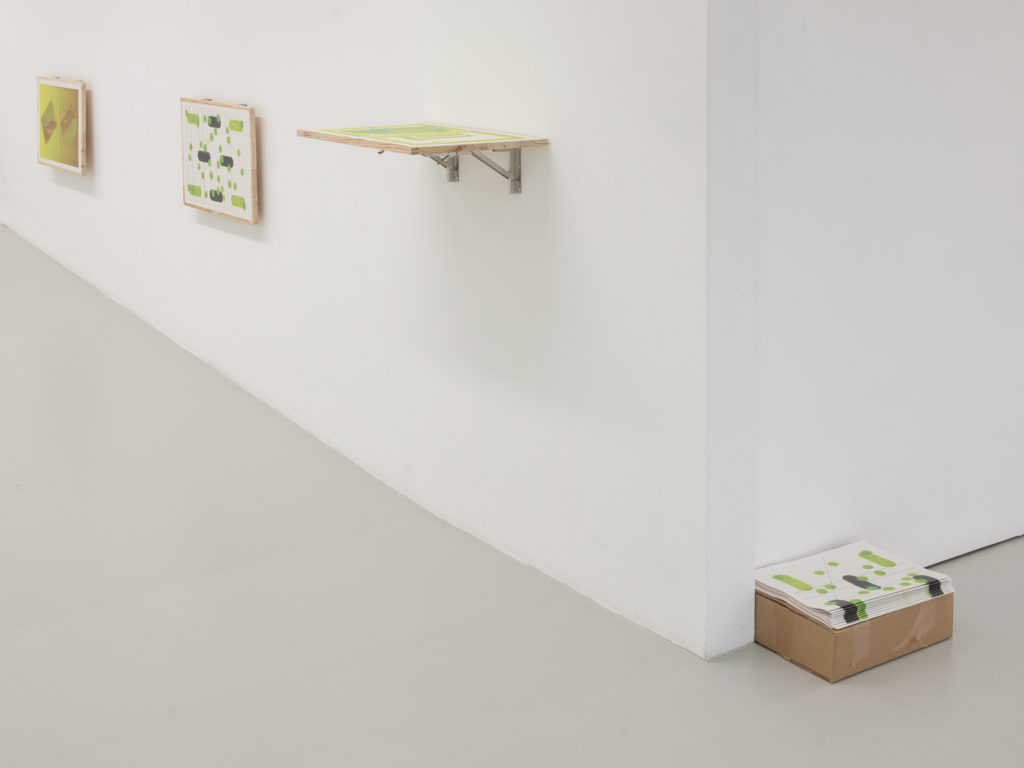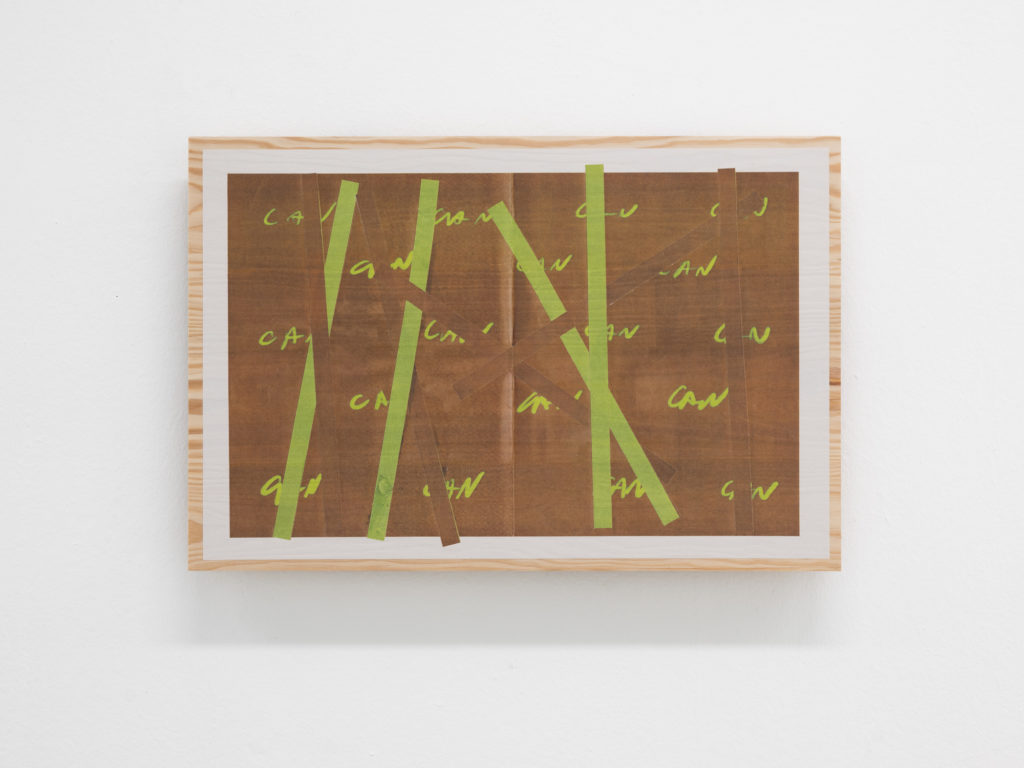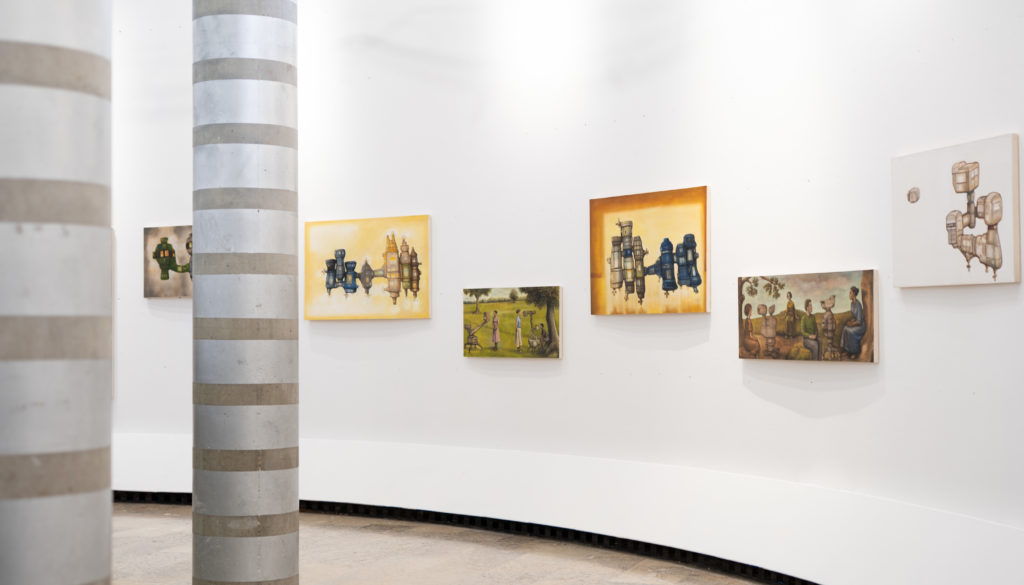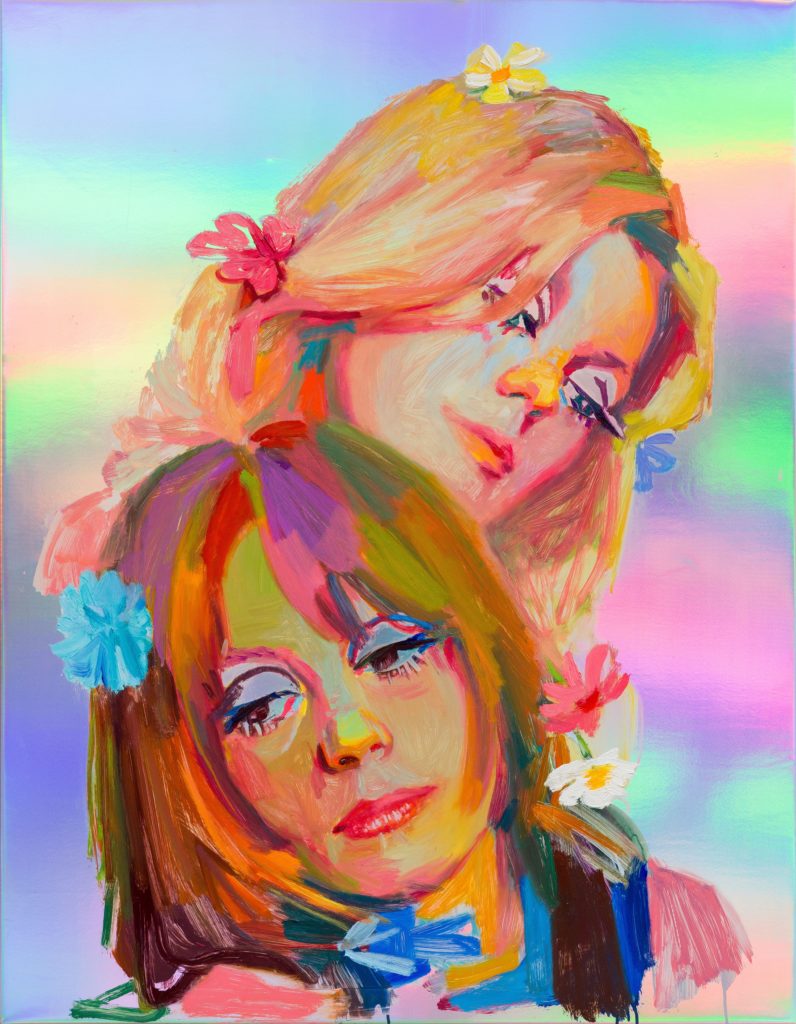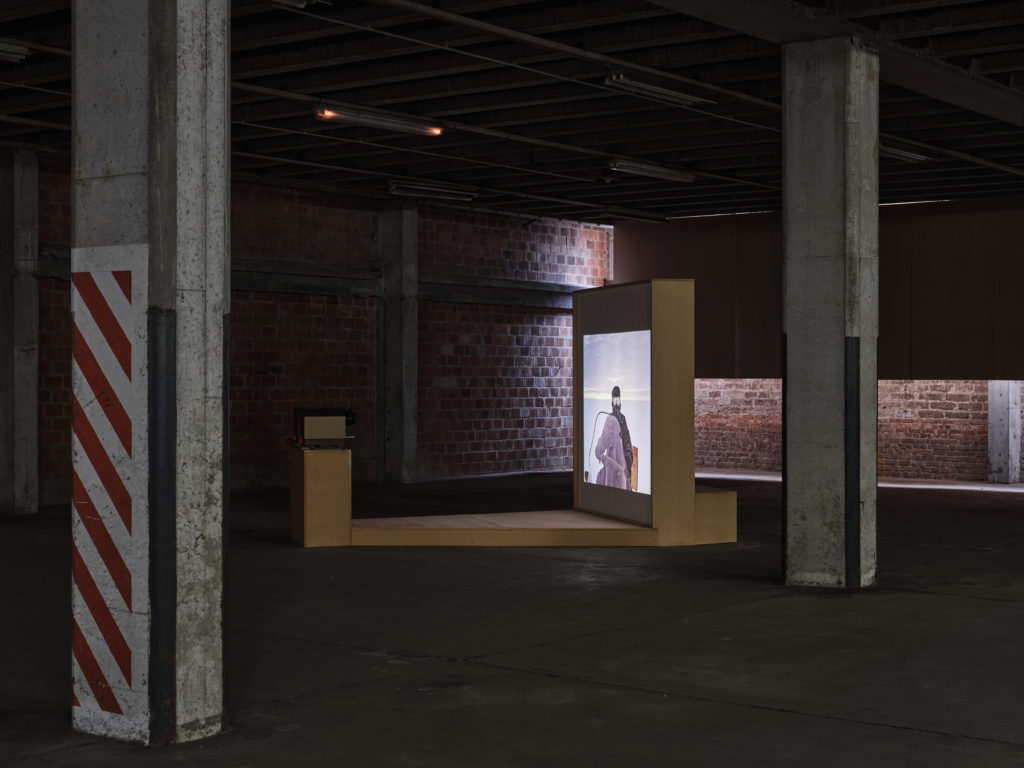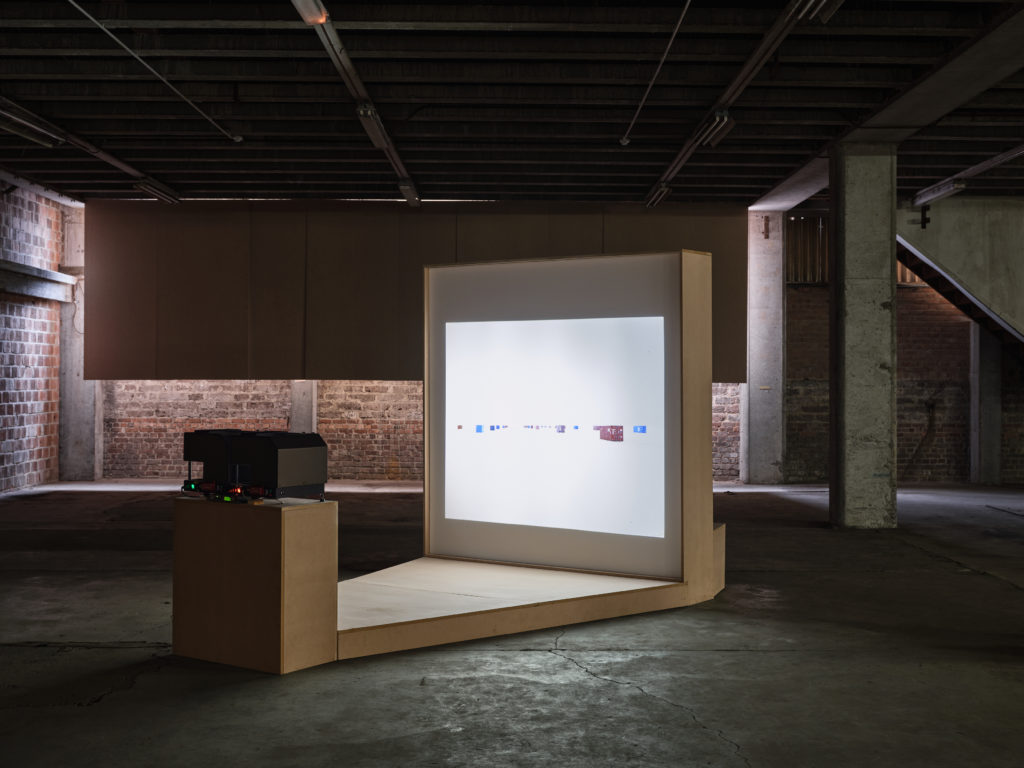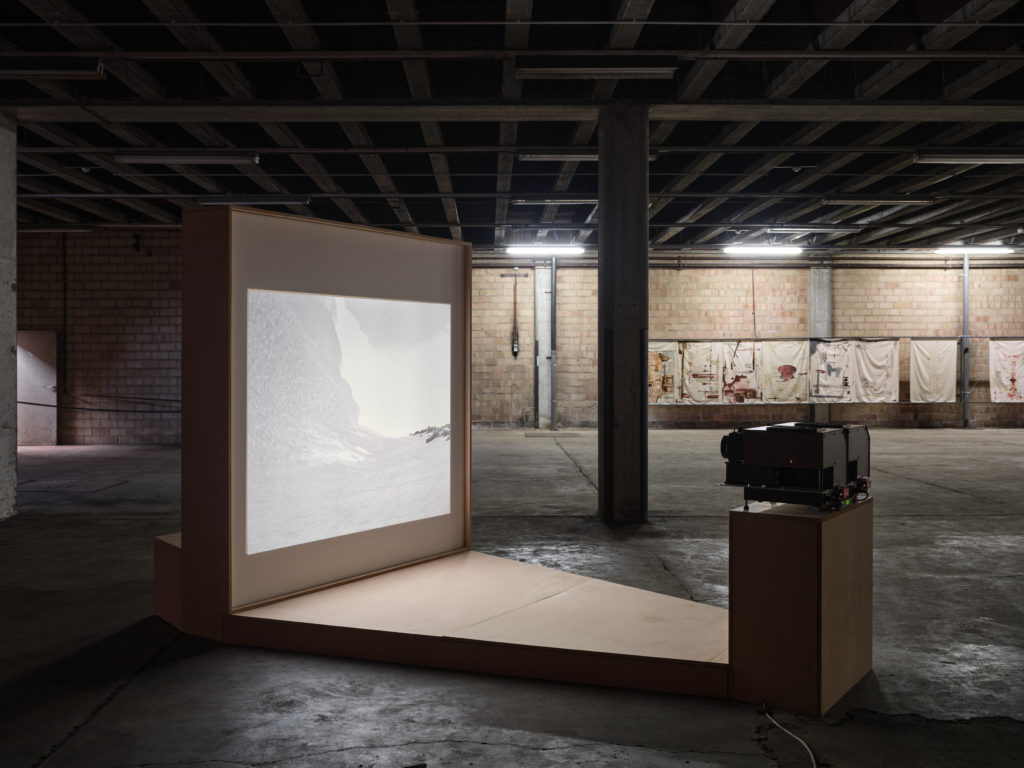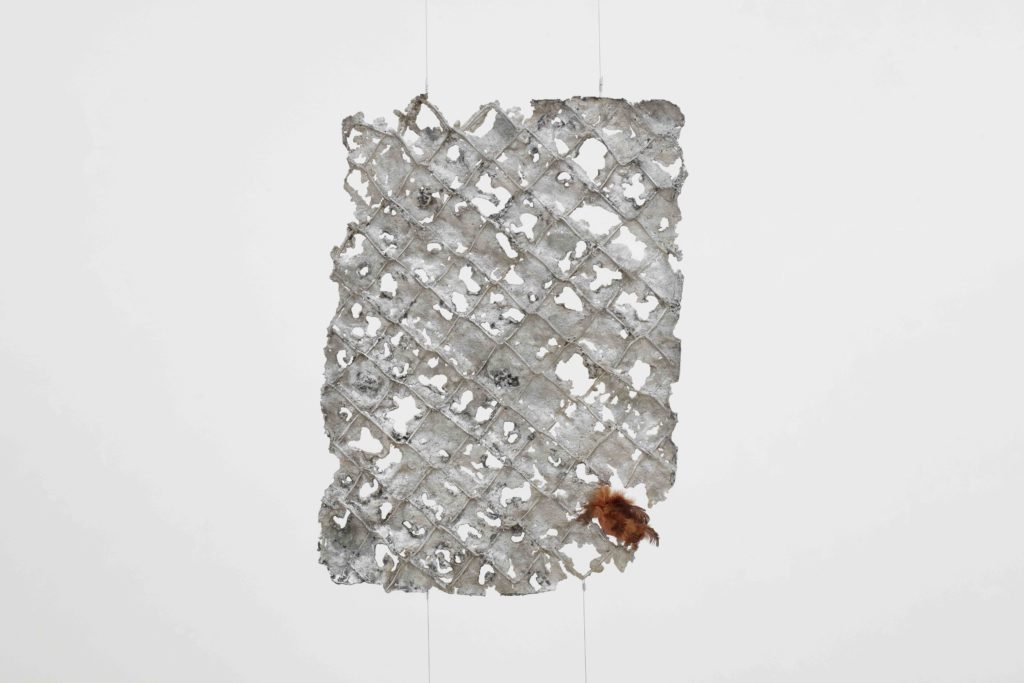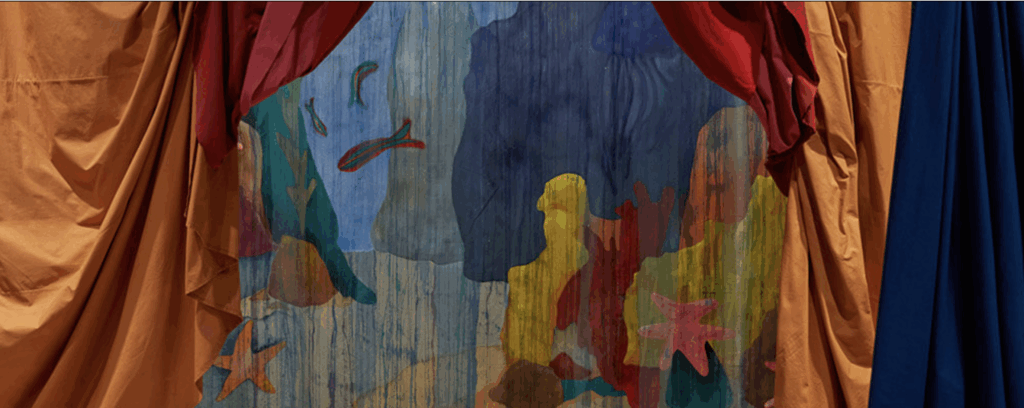
Ulla von Brandenburg’s multifaceted and multi-layered work is characterised by a multimedia practice that finds its characteristic expression in expansive, site-specific installations. The forms of expression and methods of theatre are an important starting point: the artist creates stage-like settings from architectural set pieces and curtains, in which films, drawings, sculptural objects and textile works enter into a complex interplay with dance, performance and song. The boundaries between inside and outside, reality and illusion become blurred. The cultural-historical and philosophical currents of modernism form the frame of reference for von Brandenburg’s works. Diverse references to literature and art history, circus, anthropology and spiritualism, among others, create a dense associative cosmos. Embedded in a loose narrative, her works reflect fundamental conditions of human existence and social coexistence, be it the relationship between the individual and the group or the constitutive significance of role-playing games and rituals.
The exhibition at the Wilhelm-Hack-Museum presents a comprehensive overview of current works from the last five years. In addition, a new work has been created by the artist especially for the presentation in Ludwigshafen, focussing on her examination of the traditions of geometric abstraction. The interplay of body and space, movement and perception is an essential component of Ulla von Brandenburg’s artistic strategy; in this sense, the artist transforms the exhibition space with colours and fabrics into an immersive course that leads visitors into fantastic, sensually tangible spaces of experience and allows them to become part of the staging.
Ulla von Brandenburg, born in Karlsruhe in 1974, lives and works near Paris and in Karlsruhe. From 1995 to 1998, she studied scenography and media art at the University of Arts and Design in Karlsruhe, and from 1998 to 2004, fine art at the University of Fine Arts in Hamburg. Ulla von Brandenburg has been a professor of painting and graphic art at the Academy of Fine Arts Karlsruhe since 2016.
Curator: Dr. Astrid Ihle


